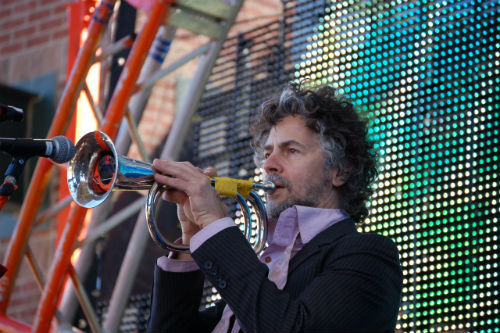
The Creative Oklahoma World Forum (@OK_Creativity) on March 31 believes #YourIdeasMatter.
Our world faces problems everywhere. Creative Oklahoma has invited the public to tap into their innate creative problem-solving abilities and participate in a statewide brainstorm on ideas that will make their state better. The Campaign focuses on Education, Energy, Water, Mental Health, Hunger, Violence, and Livable Communities; the effort is about uniting people to nurture and collaborate on innovative ideas to ultimately improve the world for all. For example…
Suzy Amis Cameron (@suzymusing) says she was invited to the World Creativity Forum “to talk about MUSE School, creativity and education.” Suzy spends every ounce of extra bandwidth that she has to “bring awareness to the connection between the environment and livestock production. The goal: to help make the world a better and healthier place for future generations.” If you combine all transportation in the world, it accounts for 13% of greenhouse gases. If you combine all livestock production in the world, it accounts for 14.5% of greenhouse gases. In addition to the devastating effects of animal agriculture on the health of our biosphere and depletion of our precious resources, it also wreaks havoc on our health. It has been scientifically proven that consumption of animal products increases the probability of cancer, heart disease, diabetes, obesity and autoimmune disease substantially. Suzy doesn’t want our children to live with that. Do you?
How do we solve this problem and the many others the Forum has on its timely agenda?
I invited several participants in the Forum – Sir Ken Robinson, Stephan Turnipseed, Susan McCalmont, Deborah Wince-Smith, and Jamie Gallagher – to weigh in on important issues about which Creative Oklahoma believes #YourIdeasMatter.
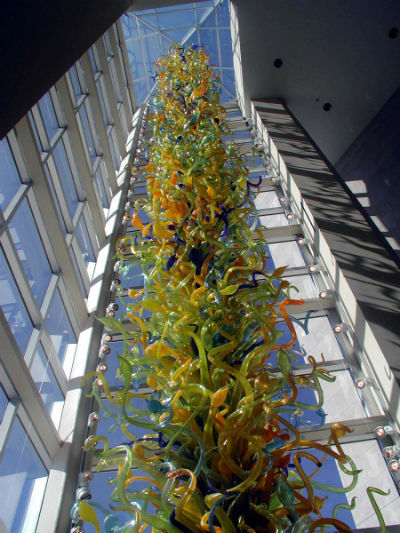
Half of all teachers resign after five years. How do we improve teacher retention?
Stephan Turnipseed (@Lego_Education): Teacher retention, like employee retention, is based on setting clear goals, providing a positive environment of success within which to work, and offering leadership support and professional development to achieve results. The average teacher in the first five years sees little to none of this. They see burdensome bureaucracy, high stakes testing and single point accountability coupled with a system that does little to create positive culture. There are exceptions of course, however, these are increasingly fewer in number. To reverse this trend, we must focus on liberating the classroom from the tyranny of policy and process that inhibit rather then promote a positive learning environment.
Sir Ken Robinson (@SirKenRobinson): In the US, the main way is to improve the status and conditions of teaching as a profession. Apart from essential issues of compensation, there are three related steps, which most high performing systems already understand and practice. The first is to set a high bar for entry into the profession. Entrant teachers should not only have appropriate qualifications in the materials and disciplines they are to teach, they should have demonstrable abilities in and an appetite for teaching itself. Second, there should be regular programs of staff development and support. And third, given their expertise, teachers should then be left to get on with the job, within a general, not stifling, framework of professional accountability.
Susan McCalmont (@SusanMcCalmont): The solution to teacher retention begins with a reconsideration of what it means to be a teacher in the 21st century classroom and a redefinition of the role.
The 21st century classroom teacher should possess both knowledge and passion for a particular discipline while imparting that knowledge and infectious passion along to the student in a non-threatening, respect-filled environment. The teacher should serve as a mentor and guide the student in her learning while encouraging critical thinking and creative work. The 21st century teacher should be a champion of student self-discovery encouraging utilization of technology to expand knowledge and global connectivity.
The reality is that few teachers in 21st century classrooms have the luxury to teach in this manner due to the administrative demands, bureaucratic paperwork, superfluous testing, and disciplinary issues.
Empower and release the teachers to teach to their passions, engage in a collaborative learning environment with students, and remove the barriers inhibiting discovery. Teacher retention issues will be widely resolved.

There has been a lot of controversy over high-stakes standardized testing. Aside from standardized tests, what are some ways to get an idea of what students are able to do?
Stephan Turnipseed (@LEGO_Education): In many places of the world assessment (testing) is defined as “of” learning, “as” learning and “for” learning. Using formative (as and for) assessment drives student success through teacher led and student led assessment. When the teacher and the student engage in performance based assessment – things they make, do or show; cognitive debate using open ended questions; or project based learning embedded in the community with research and presentations of findings, it is possible for the student to demonstrate true mastery of a content area. This mastery is often missed when summative (end of course) multiple choice testing, based primarily on memorization, is the only data point.
Sir Ken Robinson (@SirKenRobinson): Assessment is an important part of organized education. Effective forms of assessment can offer valuable diagnostic information on students’ progress and abilities, and useful summaries of their attainments at the end of a program of work. Some forms of standardized, multiple choice tests can be helpful in both areas. But much of what matters in education cannot be assessed in those ways, and some of it, not at all. Overall, students, teachers and others can benefit more from more descriptive forms of assessment, including portfolios and peer assessment.
With the growth of home schooling and online college degrees, does the traditional school and college model need to change to meet the needs of students who want to take charge of their own learning?
Stephan Turnipseed (@LEGO_Education): Milton Chen describes the “Any Child” as learning any time, any place, any path and any pace. This radically connected learner will demand that schools either change or become irrelevant. In fact, without the current truancy laws, many students would depart traditional education sooner rather than later. Smart devices and Google define the landscape of their everyday world. Yet in stark contrast, their schools focus on rote drill and kill memorization. The children can see the fallacy of such a model of education that, while efficient, will not prepare them for the life they face.
There are about 2.2 billion children in the world, and 1 billion of them live in poverty. How can we allocate the world’s abundant resources to provide for children in need?
Deborah Wince-Smith (@DWinceSmith): In the long run, it’s not about the allocation of resources. The only sustainable long-term solution to global poverty is economic development and growth. Energy is the lifeblood of an economy, and billions of people are stranded in energy poverty. No country has been able to reduce poverty and raise standards of living without energy. If you depend on wood and animal waste for energy, there will be no economic development.
Answering this challenge presents a tremendous opportunity for energy innovation and energy markets. Distributed energy such as biomass has potential, and simple technologies such as solar water heaters could make a huge difference in securing energy for the poor. The potential is large for small wind turbines to harness the power of wind, water-pumping windmills for irrigation, and hydrokinetic energy devices can be deployed in any water resource.

How do we cultivate individual social responsibility for wise energy use at home and at work?
Deborah Wince-Smith (@DWinceSmith): The best way to cultivate responsibility for energy sustainability and conservation is to make it pay! Since the cost to generate electricity varies minute-by-minute, new technologies deployed on a smart grid can provide energy price signals to individual consumers based on supply and demand, helping consumers consider prices, make informed decisions, better manage their electricity use and the size of their electricity bill.
In addition, some clean renewable energy technologies are becoming more cost competitive, for example, residential solar energy. And with net metering, consumers with solar energy systems earn credit for the surplus electricity they provide to the electric grid. This reduces electric bills considerably, helping make home solar affordable.
By 2025, two-thirds of the world will live in water-stressed conditions. How do we prepare for this change?
Deborah Wince-Smith (@DWinceSmith): The need for clean water is a tremendous opportunity for innovation and new markets, especially in the rapidly developing world. Researchers and companies are tackling the clean water challenge with different approaches at different scales – from personal point of use purification systems such as the LifeStraw to revolutionary technologies applied to large-scale industrial desalination.
Nanotechnology promises to revolutionize water purification and treatment through nanotube membranes for water desalination, and nanomaterials to eliminate germs from water. For example, Tata has created a home water purifier that uses rice husk ash impregnated with nano-silver to filter out bacteria and viruses. It requires no power or running water to operate, costs about $20, stores 5 gallons, and filters that can clean about 800 gallons of water cost about $6.50.
In another interesting approach, in some developing countries, people are harvesting clean water from fog! A fog harvesting system that produces 500 gallons of water a day costs about $15,000 and lasts 10 years. In the right locations, these systems could meet basic water needs for drinking, cooking, bathing, and sanitation for about 10¢ a day per person. New water-attracting and hydrophobic (water-repelling) films created with nanotechnology could increase the effectiveness of water harvesting from air.
There were 437 homeless veterans in Oklahoma in 2013. How could we better connect veterans in need to potential employers?
Jamie Gallagher (@FaberCastell): Fortunately in this case, the ratio of vets to companies is manageable. That ratio is important because personal engagement, which communicates individual value and worth, is critical in making this work. Rather than the traditional “you find us” job-fair model, we will implement a “we find you” outreach model. Companies will receive benefit by virtue of a PSA campaign, which will identify them as participants in this program from the onset and be featured in the success stories as they unfold. We start with 50 companies each reaching out to 10 vets. We will engage a university to create the program “tool kit” which companies can use as a foundation for their outreach.
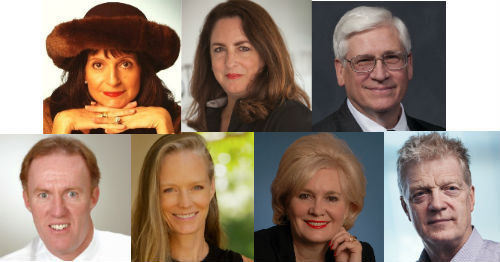
(All photos are courtesy of Oklahoma City Chamber of Commerce and Creative Oklahoma)
For another article on the Creative Oklahoma World Forum 2015: Can You Hear The Thunder?
Join me and globally renowned thought leaders including Sir Michael Barber (UK), Dr. Michael Block (U.S.), Dr. Leon Botstein (U.S.), Professor Clay Christensen (U.S.), Dr. Linda Darling-Hammond (U.S.), Dr. MadhavChavan (India), Professor Michael Fullan (Canada), Professor Howard Gardner (U.S.), Professor Andy Hargreaves (U.S.), Professor Yvonne Hellman (The Netherlands), Professor Kristin Helstad (Norway), Jean Hendrickson (U.S.), Professor Rose Hipkins (New Zealand), Professor Cornelia Hoogland (Canada), Honourable Jeff Johnson (Canada), Mme. Chantal Kaufmann (Belgium), Dr. EijaKauppinen (Finland), State Secretary TapioKosunen (Finland), Professor Dominique Lafontaine (Belgium), Professor Hugh Lauder (UK), Lord Ken Macdonald (UK), Professor Geoff Masters (Australia), Professor Barry McGaw (Australia), Shiv Nadar (India), Professor R. Natarajan (India), Dr. Pak Tee Ng (Singapore), Dr. Denise Pope (US), Sridhar Rajagopalan (India), Dr. Diane Ravitch (U.S.), Richard Wilson Riley (U.S.), Sir Ken Robinson (UK), Professor Pasi Sahlberg (Finland), Professor Manabu Sato (Japan), Andreas Schleicher (PISA, OECD), Dr. Anthony Seldon (UK), Dr. David Shaffer (U.S.), Dr. Kirsten Sivesind (Norway), Chancellor Stephen Spahn (U.S.), Yves Theze (LyceeFrancais U.S.), Professor Charles Ungerleider (Canada), Professor Tony Wagner (U.S.), Sir David Watson (UK), Professor Dylan Wiliam (UK), Dr. Mark Wormald (UK), Professor Theo Wubbels (The Netherlands), Professor Michael Young (UK), and Professor Minxuan Zhang (China) as they explore the big picture education questions that all nations face today.
The Global Search for Education Community Page
C. M. Rubin is the author of two widely read online series for which she received a 2011 Upton Sinclair award, “The Global Search for Education” and “How Will We Read?” She is also the author of three bestselling books, including The Real Alice in Wonderland, is the publisher of CMRubinWorld, and is a Disruptor Foundation Fellow.
Follow C. M. Rubin on Twitter: www.twitter.com/@cmrubinworld


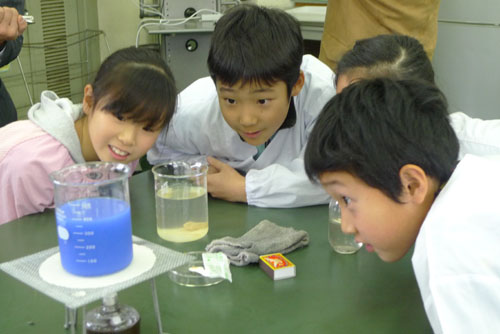

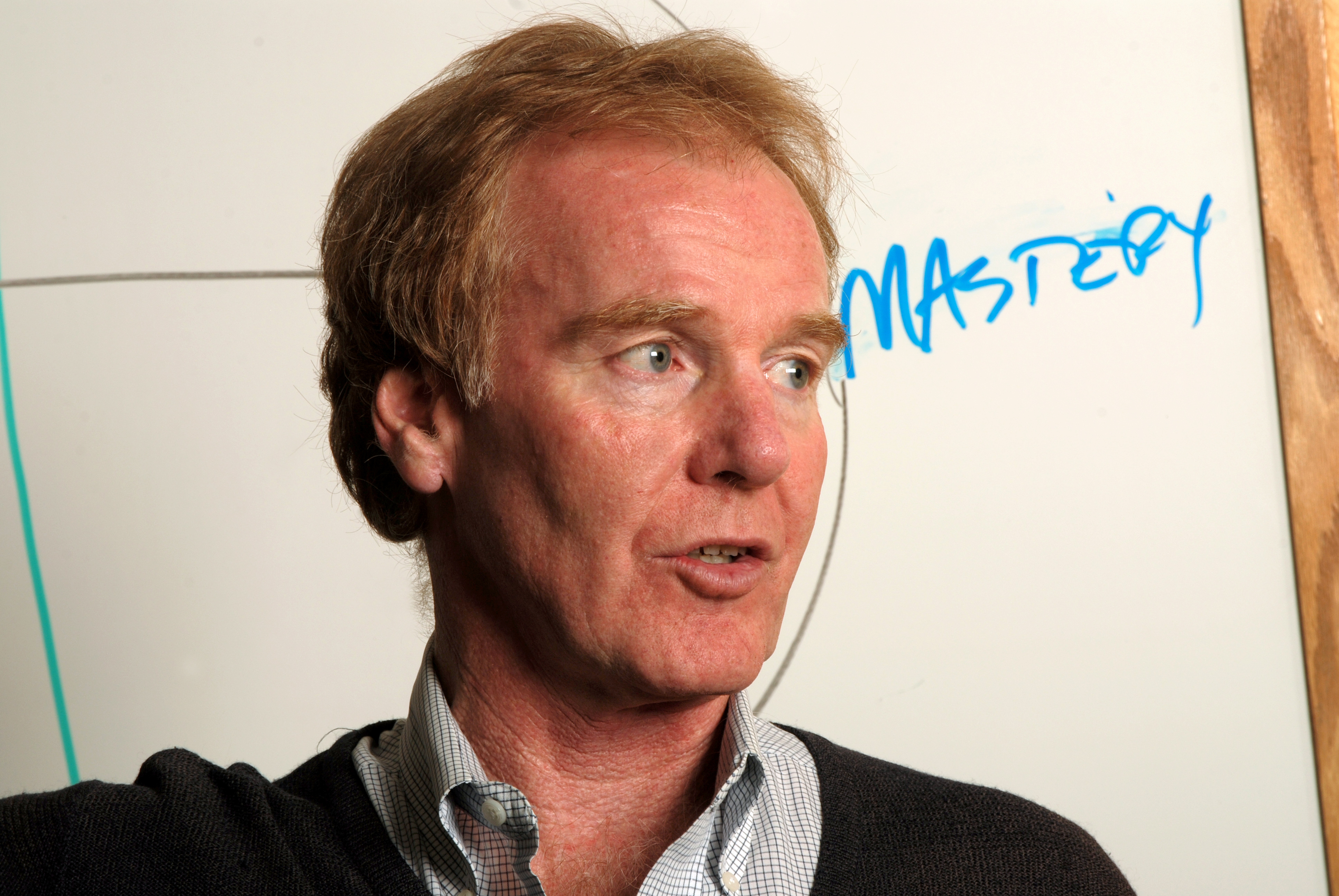
Recent Comments